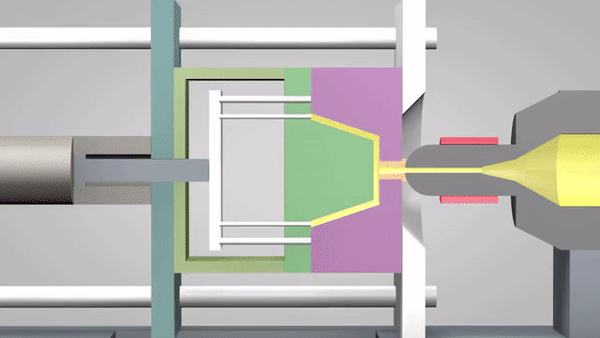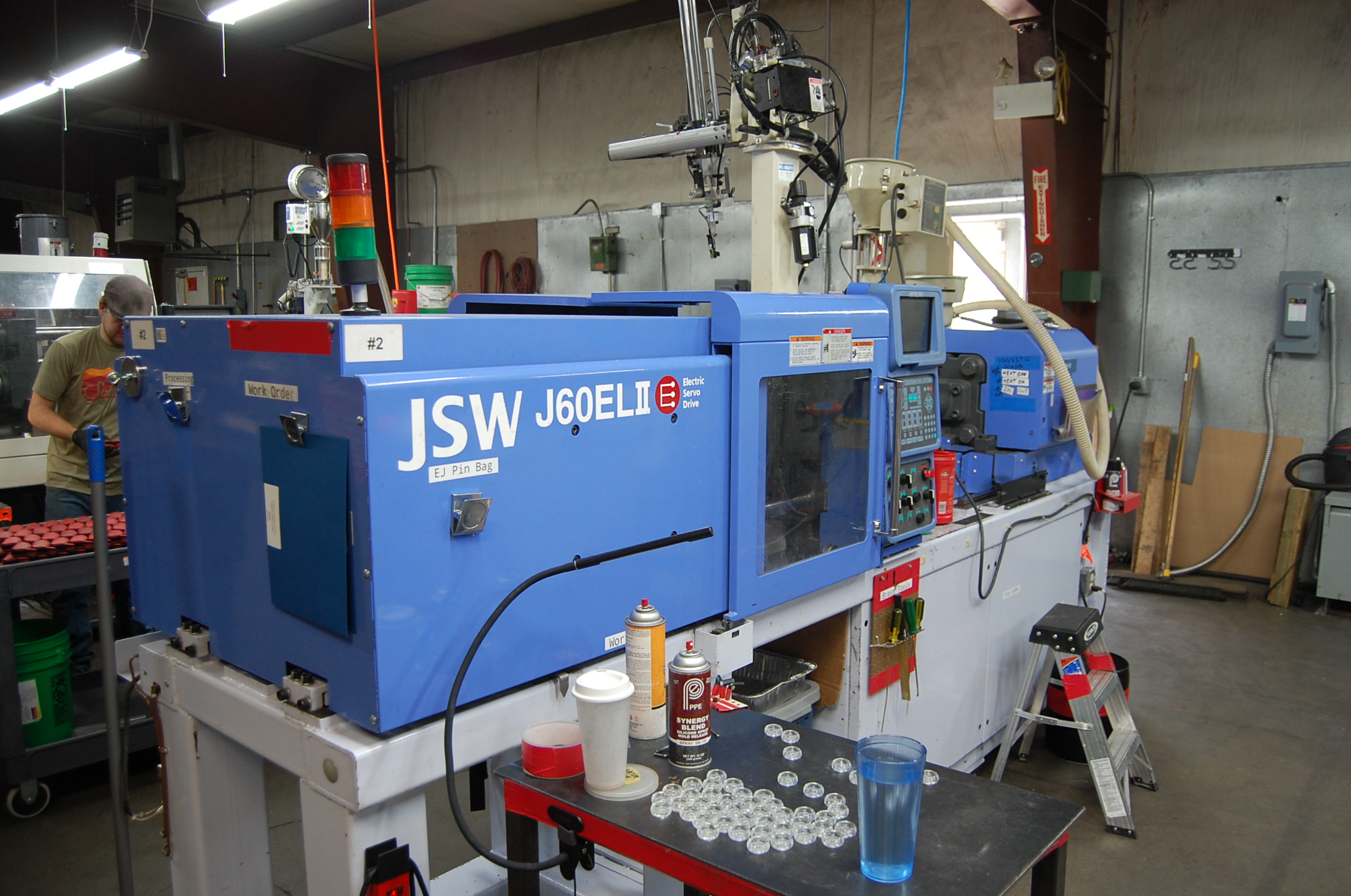The 30-Second Trick For Die Castings
Wiki Article
The Definitive Guide to Additive Manufacturing
Table of ContentsEverything about OemExamine This Report on Lean ProductionRumored Buzz on Hon Hai PrecisionMore About Hon Hai Precision9 Simple Techniques For Lean ManufacturingThe Facts About Lean Manufacturing Uncovered
The text on this page is a sample from our full White Paper 'Injection Moulding for Buyers' - * Sample text * - for full overview click the download switch over! Introduction This overview is planned for individuals who are wanting to source plastic mouldings. It offers a much needed insight into all that is included with producing plastic components, from the mould device called for to the moulding process itself.If you intend to check out even more, the guide covers sorts of mould devices, along with unique ending up processes such as colours & plating. Words that are underlined can be found in the glossary in the appendix ... Component I: Moulding: The Essentials The Benefits of Shot Moulding Plastic shot moulding is a really exact procedure that uses a number of advantages over other plastic handling approaches.
Precision is perfect for really elaborate components. You can hold this moulding in the palm of your hand and it has employers, ribs, metal inserts, side cores and also holes, made with a sliding shut off attribute in the mould tool.
The Definitive Guide for Lean Manufacturing


from product feed & melting; material shot; cooling time and ejection to the re-closing of the mould tool all set for the next cycle. Draft angles - The walls of a moulded component must be slightly tapered in the direction in which the component is ejected from the mould tool, to allow the component to be expelled quickly.
Ejector stroke - The pressing out of ejector pins to expel the moulded component from the mould tool. Ejector stroke speed, size and also timing requires to be very carefully managed to stop damage to the ejectors and mould tool, yet at the very same time make the moulding cycle as short as feasible.

About Lean Production
Ribs - When a plastic part has thin walls, ribs are included in the design to make the thin walls more powerful Side cores - Side action which produces a feature on a moulded part, at an opposing angle to the normal opening direction of the mould device. lean production. The side core requires to be able to pull back as the plastic part can not be expelled or else.
Wall surfaces - The sides of a moulded component The text on this page is a sample from our complete White Paper 'Injection Moulding for Purchasers'.
Manufacturing process for producing components by infusing liquified material into a mould, or mold Streamlined representation of the process Injection moulding (U.S. punctuation: injection molding) is a manufacturing process for producing parts by injecting liquified product into a mould, or mold. Shot moulding can be carried out with a host of materials mainly consisting of metals (for which the process is called die-casting), glasses, elastomers, confections, and also a lot of frequently thermoplastic as well as thermosetting polymers. Shot moulding is widely made use of for producing a selection of parts, from the tiniest components to whole body panels of automobiles. Shot moulding uses a special-purpose equipment that has three parts: the injection device, the mould as well as the clamp.
Rumored Buzz on Lean Manufacturing
, with the quantity used of the former being significantly higher.: 13 Thermoplastics are prevalent due to attributes that make them very suitable for injection moulding, such as simplicity of recycling, flexibility for a broad selection of applications,: 89 and capacity to soften and also flow on home heating.In numerous dental caries moulds, each tooth cavity can be identical and create the exact same components or can be one-of-a-kind and form multiple different geometries throughout a single cycle. Moulds are typically made from tool steels, but stainless steels as well as aluminium moulds are appropriate for specific applications. Aluminium moulds are normally ill-suited for high volume manufacturing or get rid of slim dimensional tolerances, as they have substandard mechanical buildings and are a lot more susceptible to put on, damages, as well as deformation during the shot and also clamping cycles; however, aluminium moulds are affordable in low-volume applications, as mould fabrication prices as well as time are considerably decreased.
When sufficient material has gathered, the material is required at high pressure and also rate right into the part forming tooth cavity. The precise amount of shrinking is a feature of the material being utilized, as well as can be reasonably predictable. To avoid spikes in stress, the procedure normally uses a transfer position corresponding to a 9598% full tooth cavity where the screw stainless steel suppliers shifts from a constant velocity to a constant pressure control.
Top Guidelines Of Additive Manufacturing
When the screw gets to the transfer position the packaging pressure is applied, which finishes mould filling as well as compensates for thermal shrinkage, which is fairly high for thermoplastics about many various other materials. The packing pressure is applied until eviction (dental caries entry) strengthens. Because of its small dimension, the gate is normally the starting point to solidify with its whole thickness.: 16 Once the gate strengthens, say goodbye to product can enter the dental caries; accordingly, the screw reciprocates and obtains product for the next cycle while the material within the mould cools to make sure that it can be expelled and be dimensionally steady.Report this wiki page